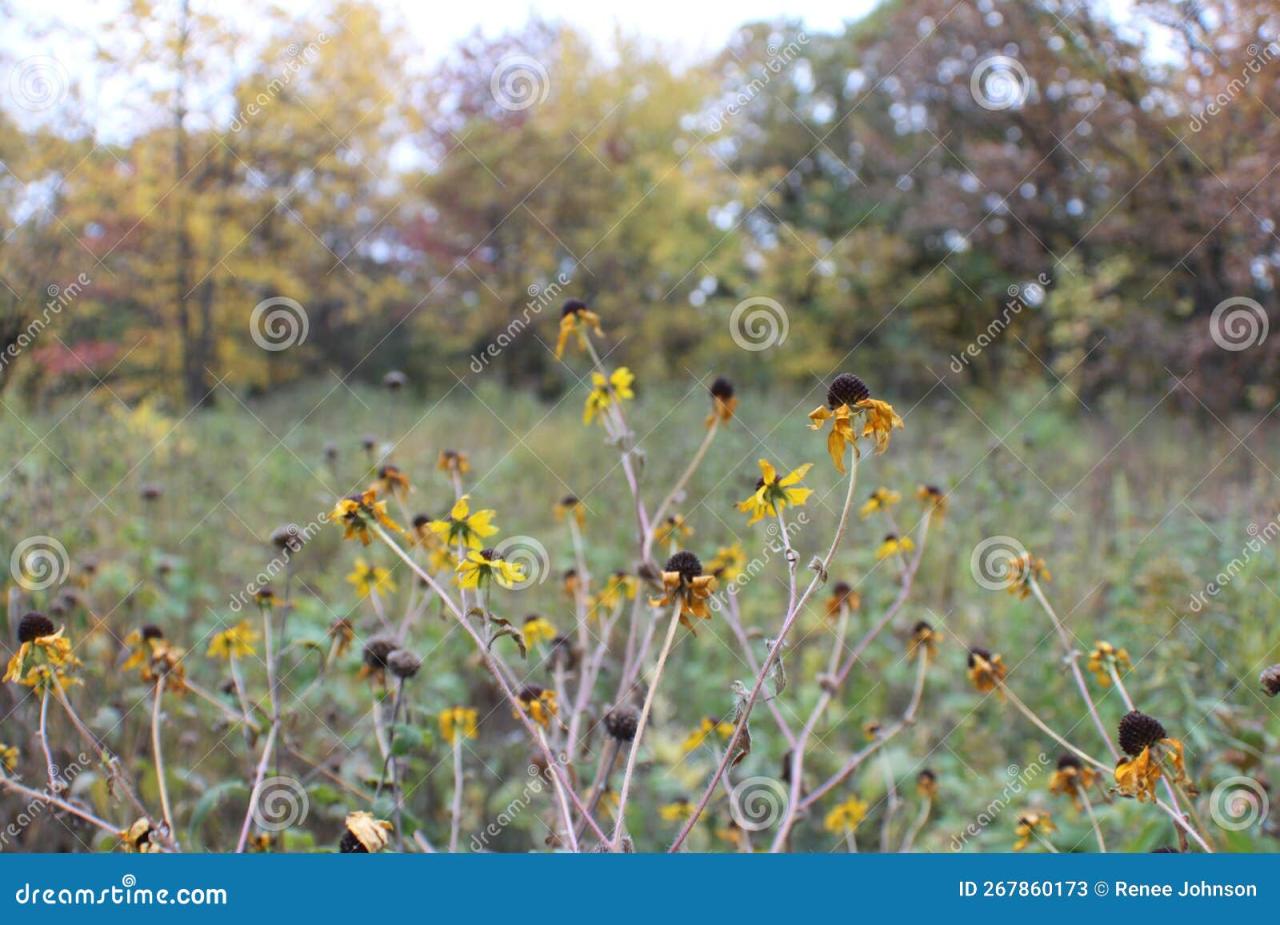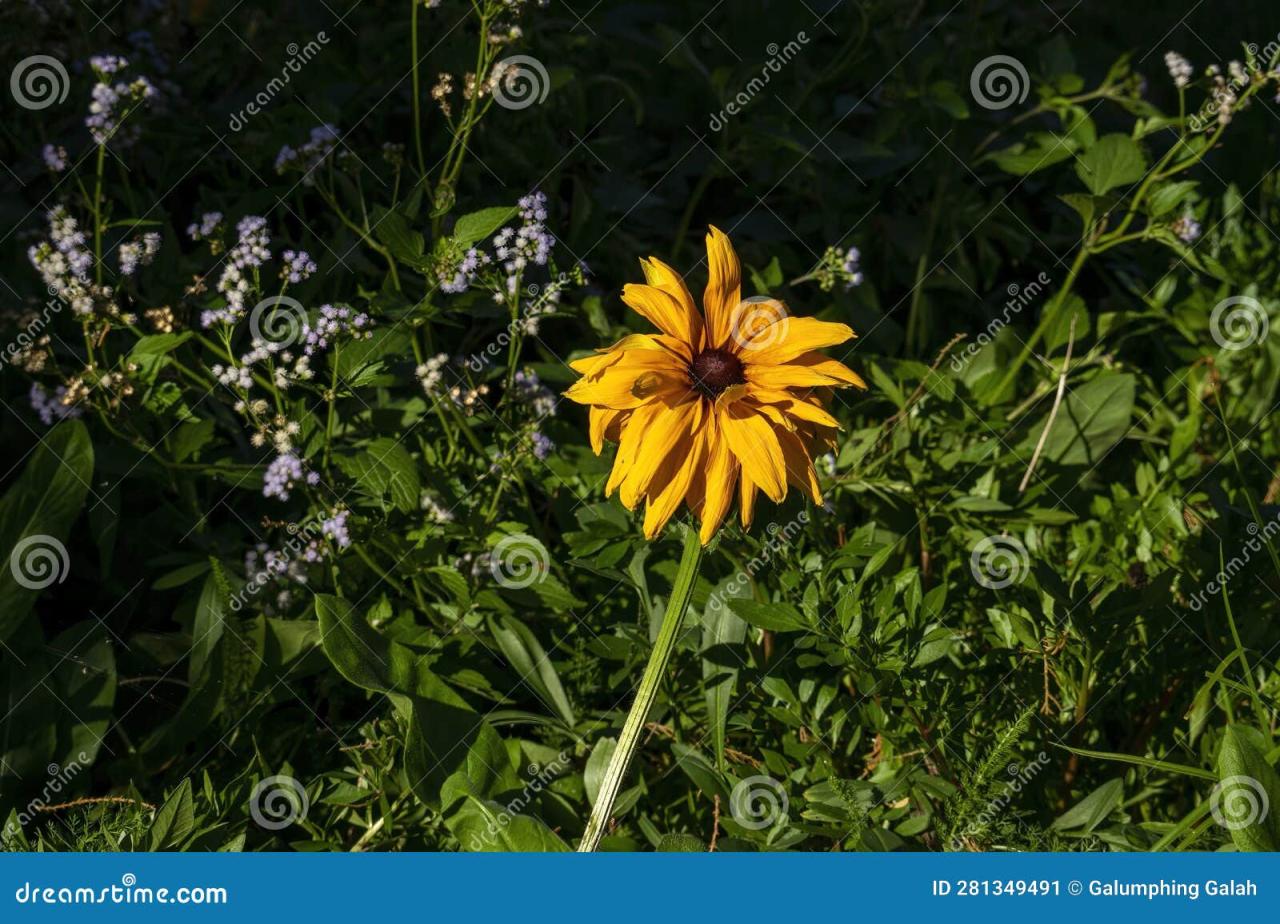Black Eyed Susans (Rudbeckia hirta) are beloved perennial flowers that bring vibrancy and life to gardens with their bright yellow petals and dark brown centers. However, many gardeners face the frustrating challenge of seeing their Black Eyed Susans wilting prematurely. Understanding the causes and solutions for wilting is essential for maintaining the health of these beautiful plants. In this comprehensive guide, we will delve into the various factors that contribute to wilting in Black Eyed Susans, explore prevention methods, and provide solutions to keep your flowers thriving. 🌼
Understanding Black Eyed Susans

Before we can address wilting, it’s crucial to understand what Black Eyed Susans are and their typical growing conditions. These hardy flowers belong to the Asteraceae family and are native to North America. They thrive in full sun and well-drained soil, making them perfect for sunny borders and wildflower gardens. They can grow between 2 to 3 feet tall and can spread up to 18 inches wide. These plants not only attract pollinators such as bees and butterflies but also add a pop of color to any landscape.
Common Characteristics of Black Eyed Susans
- Height: 2 to 3 feet
- Spread: Up to 18 inches
- Light Requirements: Full sun
- Soil Type: Well-drained soil
- Bloom Time: Late summer to fall
What Causes Black Eyed Susans to Wilt?
Wilting in Black Eyed Susans can be attributed to several factors. Understanding these causes is the first step in correcting the issue and ensuring your plants flourish.
1. Underwatering
One of the most common reasons for wilting is underwatering. Black Eyed Susans need consistent moisture, especially during dry spells. If the soil dries out completely, the plants can become stressed and start to droop.
2. Overwatering
While these flowers require moisture, overwatering can lead to root rot. When the roots sit in waterlogged soil, they can suffocate, causing the plant to wilt. Signs of overwatering include yellowing leaves and a mushy stem.
3. Nutrient Deficiency
A lack of essential nutrients, particularly nitrogen, can lead to wilting. Healthy plants need a balanced supply of nutrients to grow and thrive. If your plants are lacking in vital minerals, they will struggle to maintain turgor pressure.
4. Pests and Diseases
Insects such as aphids, spider mites, and beetles can damage Black Eyed Susans, leading to wilting. Additionally, diseases like powdery mildew or fungal infections can adversely affect their health. 🐞
5. Environmental Stress, Black Eyed Susans Wilting
Extreme weather conditions such as excessive heat, cold, or wind can cause wilting. Sudden temperature fluctuations can shock the plants, leading to drooping foliage.
Preventing Wilting in Black Eyed Susans
Prevention is better than cure, and there are several measures gardeners can take to prevent wilting in Black Eyed Susans. By implementing these strategies, you can ensure your flowers remain healthy and vibrant.
1. Watering Practices

Establish a consistent watering schedule. During the growing season, water your Black Eyed Susans at least once a week, ensuring the soil remains moist but not soggy. A deep watering approach encourages deep root growth, helping the plants better withstand drought. 🌧️
2. Soil Management
Utilize well-draining soil. You can improve drainage by mixing in compost or perlite to your garden soil. Conducting a soil test can also help determine pH levels and nutrient content, guiding you on necessary amendments.
3. Fertilization
Feed your Black Eyed Susans with a balanced fertilizer that includes nitrogen, phosphorus, and potassium. Fertilizing in early spring and mid-summer will help maintain optimal nutrient levels and support healthy growth.
4. Pest Control
Regularly inspect your plants for signs of pests. Use insecticidal soap or natural pest repellents to manage infestations. Maintaining overall plant health through proper care will also minimize pest problems.
5. Shielding from Extreme Weather
Consider using row covers or plant shelters during harsh weather conditions. These can help protect your plants from wind, extreme heat, or cold, ultimately reducing stress on the plants.
Treatment Options for Wilting Black Eyed Susans: Black Eyed Susans Wilting
Even with the best preventive measures, wilting may still occur. Here are some treatment options for wilting Black Eyed Susans.
1. Adjust Watering Habits
If you suspect underwatering, give your plants a thorough soaking. Conversely, if overwatering is the issue, allow the soil to dry out before watering again. The goal is to find a balance that keeps your Black Eyed Susans healthy.
2. Improve Soil Conditions
If soil compaction is an issue, consider aerating the soil around the plants to improve drainage. Adding organic matter can also enhance soil structure, promoting better water retention and root development.
3. Address Pest Infestations
If pests are causing wilting, identify the culprits and treat accordingly. Applying neem oil or insecticidal soap can effectively manage many pests without harming beneficial insects. Remember to follow the application instructions carefully.
4. Remove Affected Parts
For diseases, prune away any affected leaves or stems to prevent further spread. Ensuring good air circulation around the plants will also reduce the risk of fungal infections.
5. Reassess Plant Location
If environmental stress is a significant factor, consider relocating your Black Eyed Susans to a more favorable location. Ensure they receive adequate sunlight but are shielded from extreme wind or harsh elements.
When to Seek Professional Help
Sometimes, despite your best efforts, your Black Eyed Susans may continue to struggle. Knowing when to seek professional assistance can make a significant difference.
| Signs You May Need Help | Possible Solutions |
|---|---|
| Persistent Wilting | Consult a horticulturist or local nursery for targeted advice. |
| Unidentified Pests or Diseases | Consider sending samples to a plant diagnostic lab. |
| Multiple Plants Affected | Request an on-site evaluation from a landscaping professional. |
Regularly monitoring your plants and being proactive about their care is key to preventing wilting. By staying vigilant, you can ensure your Black Eyed Susans thrive and contribute to a beautiful landscape.
Conclusion
Wilting in Black Eyed Susans can be distressing, but with proper knowledge and care, these beautiful flowers can continue to flourish. By understanding the causes of wilting and implementing preventative measures and treatment options, you can keep your garden vibrant and healthy. Enjoy the beauty of your thriving Black Eyed Susans, and watch as they attract pollinators while brightening up your outdoor space. 🌻
